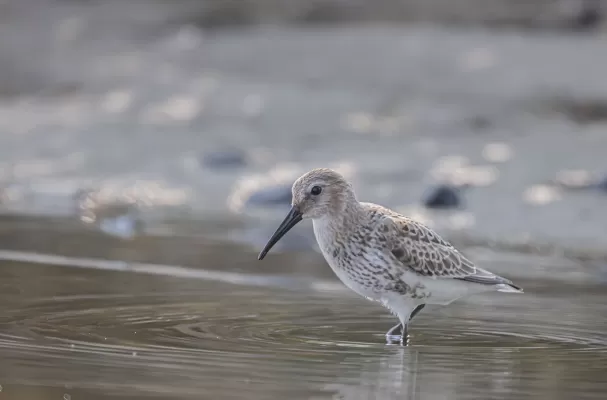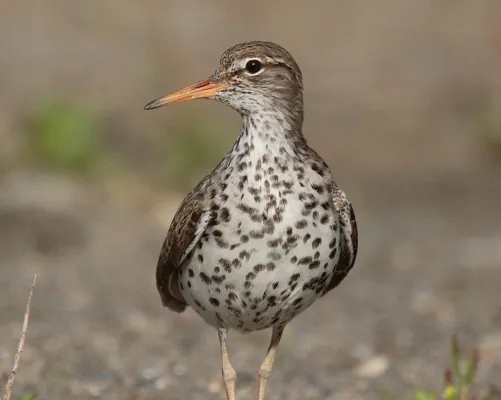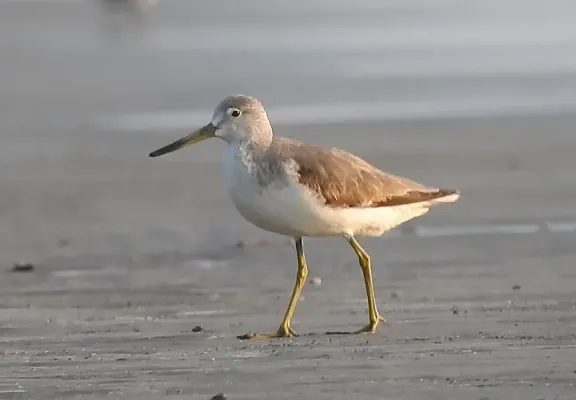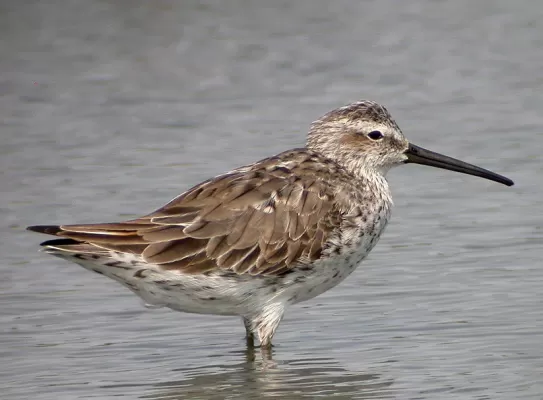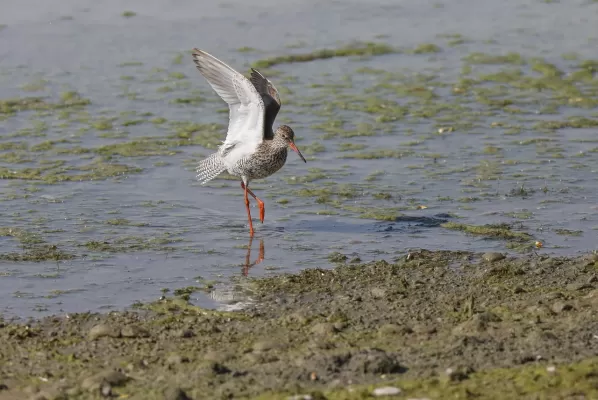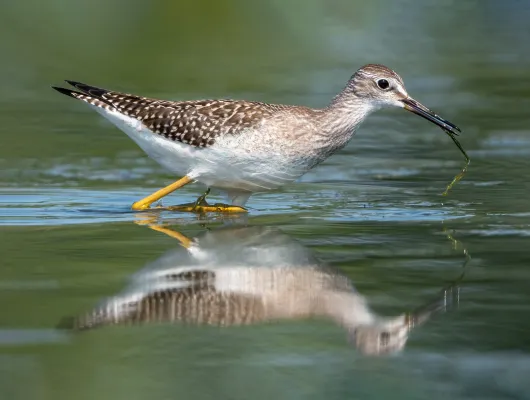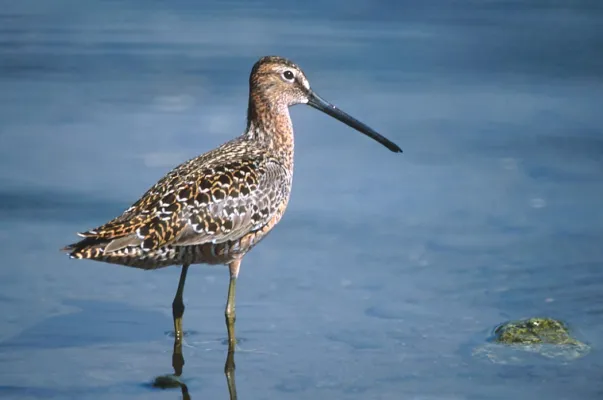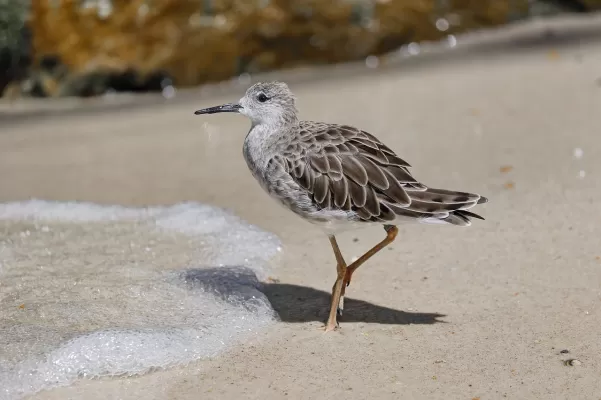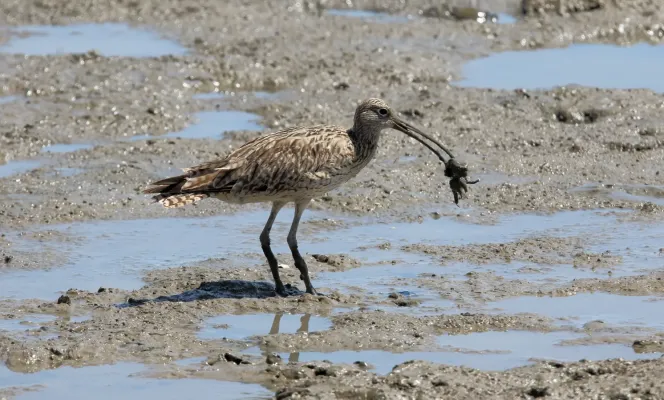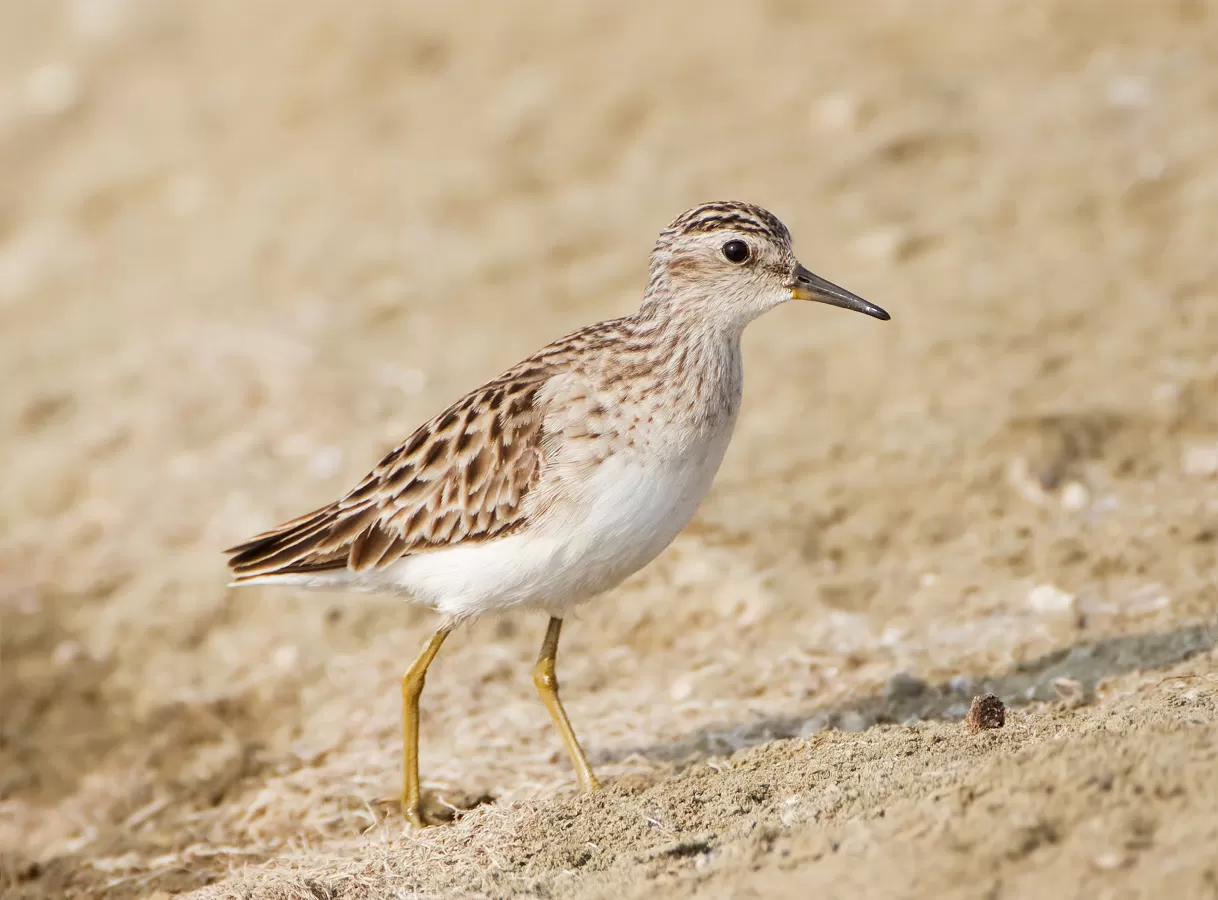
Long-toed Stint
Long-toed Stint
95
12 hours ago
Not yet spotted on Fladder
Spotted
The Long-toed Stint, Calidris subminuta, is a small, migratory wader belonging to the Scolopacidae family, renowned for its remarkably long toes. This dainty shorebird undertakes extensive migrations across Asia, spending its breeding season in the far north and wintering in warmer southern regions.
Where to spot
This species can be found in a variety of freshwater wetland habitats during migration and wintering, including the muddy edges of ponds, lakes, rivers, rice fields, sewage farms, and shallow marshes. They occasionally visit coastal mudflats but show a strong preference for inland, vegetated wetlands. During the breeding season, they inhabit bogs, marshes, and damp tundra areas in the northern taiga.
How to spot
Look for a small, active bird probing the mud or shallow water with its fine-tipped bill. Its long toes are often visible, especially when walking on soft substrates or vegetation. In flight, the long toes extending beyond the tail are a key identification feature. It is generally less gregarious than other stints, often seen alone or in small, loose groups. Its call is a soft, short 'chirrip' or 'chick', sometimes described as a 'churr'.
When to spot
Long-toed Stints are most active during daylight hours when foraging, but may also feed at night during migration or on wintering grounds. Their presence in different regions is highly seasonal: breeding in the Northern Hemisphere summer (May-July) in Siberia, and migrating south to Southeast Asia and Australasia for the Northern Hemisphere winter (September-April). Spring and autumn migration periods offer the best opportunities for spotting them in transit areas.
Where to spot
This species can be found in a variety of freshwater wetland habitats during migration and wintering, including the muddy edges of ponds, lakes, rivers, rice fields, sewage farms, and shallow marshes. They occasionally visit coastal mudflats but show a strong preference for inland, vegetated wetlands. During the breeding season, they inhabit bogs, marshes, and damp tundra areas in the northern taiga.
How to spot
Look for a small, active bird probing the mud or shallow water with its fine-tipped bill. Its long toes are often visible, especially when walking on soft substrates or vegetation. In flight, the long toes extending beyond the tail are a key identification feature. It is generally less gregarious than other stints, often seen alone or in small, loose groups. Its call is a soft, short 'chirrip' or 'chick', sometimes described as a 'churr'.
When to spot
Long-toed Stints are most active during daylight hours when foraging, but may also feed at night during migration or on wintering grounds. Their presence in different regions is highly seasonal: breeding in the Northern Hemisphere summer (May-July) in Siberia, and migrating south to Southeast Asia and Australasia for the Northern Hemisphere winter (September-April). Spring and autumn migration periods offer the best opportunities for spotting them in transit areas.
The Long-toed Stint's exceptionally long toes are a unique adaptation that allows it to walk more easily on soft, yielding substrates like deep mud or floating vegetation, preventing it from sinking.
Loading...
Spotted
- Recently spotted
- 36 (Seen in the last 3 months)
- Last spotted
- 12 hours ago
Monthly observations
No observations
Loading...
Nothing spotted yet


